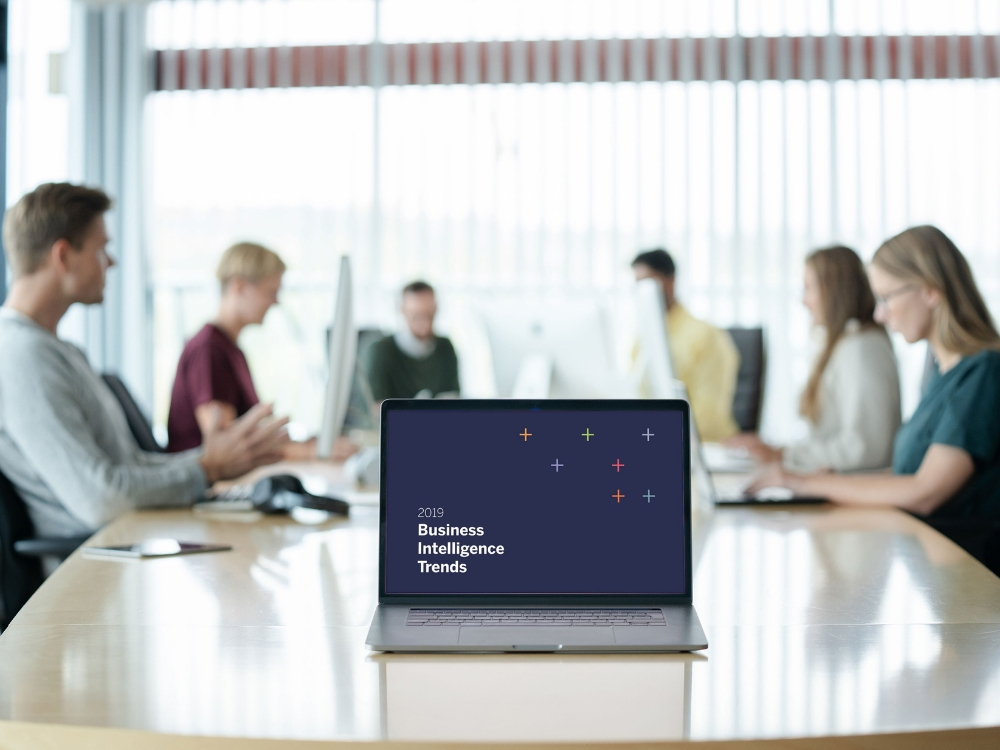The goal of BI technologies is to collect and analyse data in order to support organisations in making informed decisions. The reason why companies invest in business intelligence has remained relatively consistent from year to year, however, the ways they go about it differ over time. In order to stay ahead of the competition, we need to think proactively and capitalise on these latest trends:
The rise of explainable AI
Gartner research indicates that by 2020, 85% of CIOs will be piloting artificial intelligence programs through a combination of buy, build, and outsource efforts. As organisations become reliant on machine learning models, the interest and need to understand the algorithms behind them increases.
As outlined by Adrian Weller, senior researcher at the University of Cambridge, transparency is critical for enabling real-world deployment of intelligent systems. Managers expect to be able to ask follow-up questions around the output of a machine learning model, how confident it is, and what it would show if inputs were different. This process is very similar to how a leader would query a human expert when making business decisions.
Actionable analytics put data in context
Rather than performing analysis in one place and taking action in another, those who work with data should be able to stay in the context of their business processes and workflows.
Business intelligence platforms are meeting this need by merging with core business operations, workflows, and processes through capabilities like mobile analytics, embedded analytics, dashboard extensions and APIs.
An example of converging insight and action is embedded analytics. Embedded analytics puts data and insights where people are already working, so they don’t have to navigate to another application. This convergence of analytics and action considerably shortens the time and effort between insight and decision making.
Data storytelling is the new language of corporations
Cheryl Phillips, Hearst Professional in Residence at Stanford University says that storytelling is successful in conveying a message effectively because it finds a personal connection in a vast amount of information.
This way, stories take advantage of human cognition, because they build connections and context around facts, which makes the data memorable. If you would like to know how stories can be used to impact lasting change in the world, download this whitepaper.
According to a Dresner 2018 Market study, 75% of respondents found data storytelling to be critical or important to their business intelligence initiatives.
This does not come as a surprise, because no matter how much we automate, however big our data sets, however clever our calculations, if we cannot communicate findings to others, our analysis will not have an impact.
It’s becoming standard for analysts to know how to convey information to decision makers in a way that is actionable and easy to understand. This shift towards data storytelling manifests in data visualization trends.
Long-form storytelling formats, through scrolling or multi-page dashboards are becoming more common, allowing the analyst to display their step-by-step approach to a conclusion.
If you would like to find out more about the latest BI trends, you can read the report or watch the 60 minutes webinar.

